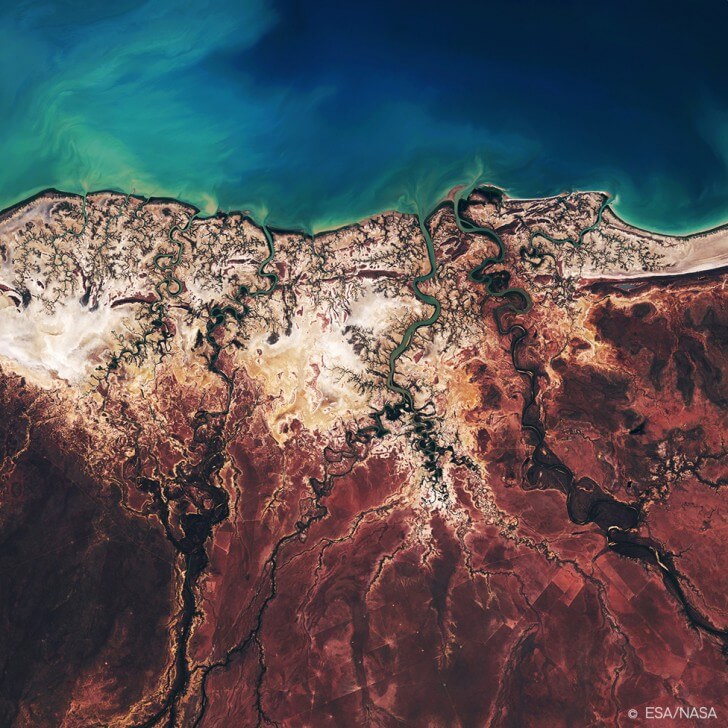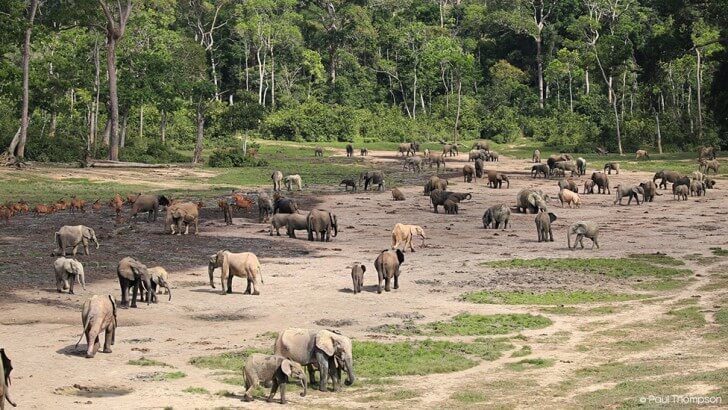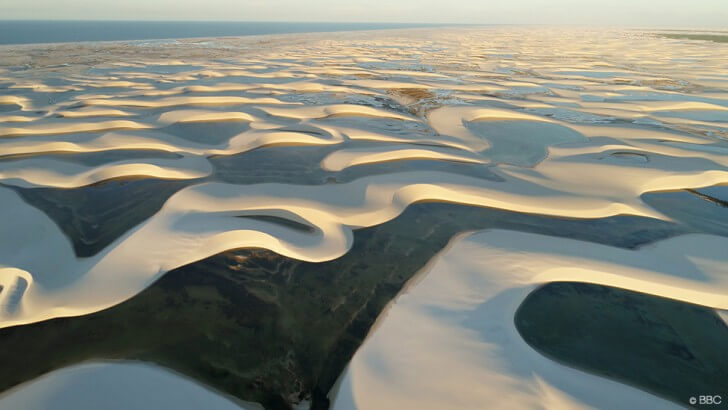BBC Earth newsletter
BBC Earth delivered direct to your inbox
Sign up to receive news, updates and exclusives from BBC Earth and related content from BBC Studios by email.
Earth science
Satellite images beamed down from outer space have given scientists unprecedented insights into our natural world and the ability to help protect it.

We’ve learnt a lot of things by looking out into space; how stars work, how black holes are formed, how light travels through the Universe. But we can also learn more about our world by looking at Earth from space. Satellite images beamed down from outer space have given scientists unprecedented insights into our natural world and the ability to help protect it.
In the offshore coral reefs that surround many island nations, patterns have been forming. Within the reefs, scores of tiny fish call these coral paradises home. Using the coral structures as protection from larger predators, they often venture to just beyond the reef in search of food - knowing they can quickly swim back to safety. As they feast on the food sources around the coral, they leave behind the sand beneath. These sandy rings around the coral are visible from space - known to scientists as a 'grazing halo'. More than just a patch of empty sand, these halos keep scientists informed about the health of our marine ecosystems. If the rings of sand get too big around the coral it shows that the number of predators has declined, allowing more and more of the smaller fish to safely venture out for food at greater distances. If the grazing halos are too small, or non-existent, it means that there are too many predators and the smaller fish cannot leave the coral to feed. A good-sized halo means the marine environment is in its natural balance.

Far from the coral reefs, in the depths of the Congo jungle, scientists have been monitoring a patch of land. With no trees to be seen in this 500m stretch, it is a stark contrast to the leafy, green jungle that surrounds it. Watching it from space, scientists have been following the elephant families that journey to this cleared patch seeking something they cannot get in the heart of the jungle: minerals. Pools of water in this open area are full of the necessary calcium, potassium and sodium that elephants can’t get from their leafy diet. Coming to this watering holes to drink, is essential for elephant development. However, with this drinking hole exposed, it leaves the elephants vulnerable. Watching from space, scientists can monitor the activities of the elephants at these watering holes and keep a very keen, protective eye out for any poachers.
Away from the leafy green Congo jungle and the clear blue coral reefs, in the hot desert of South Australia, wombats have been leaving a mark that’s visible from space. Keeping an accurate record of animal populations is a difficult task, especially in a vast country like Australia. Due to competition for resources from the introduction of non-native animals, the hairy-nosed wombat population came under attack. To escape the scorching Australian sun, wombats dig underground burrows where they can cool down in temperatures that are 15 degrees lower than on the surface. As their underground burrows leave white spots across the South Australian desert, scientists have been able to use satellite images to watch the wombat population bounce back, with comparative pictures over time have shown more and more burrows appearing.

Our view from space can provide detailed new insights into how our natural world works, how patterns form in our environment, and what we can do to protect it. It’s an exciting way to explore our home, as we’ve never seen it before.